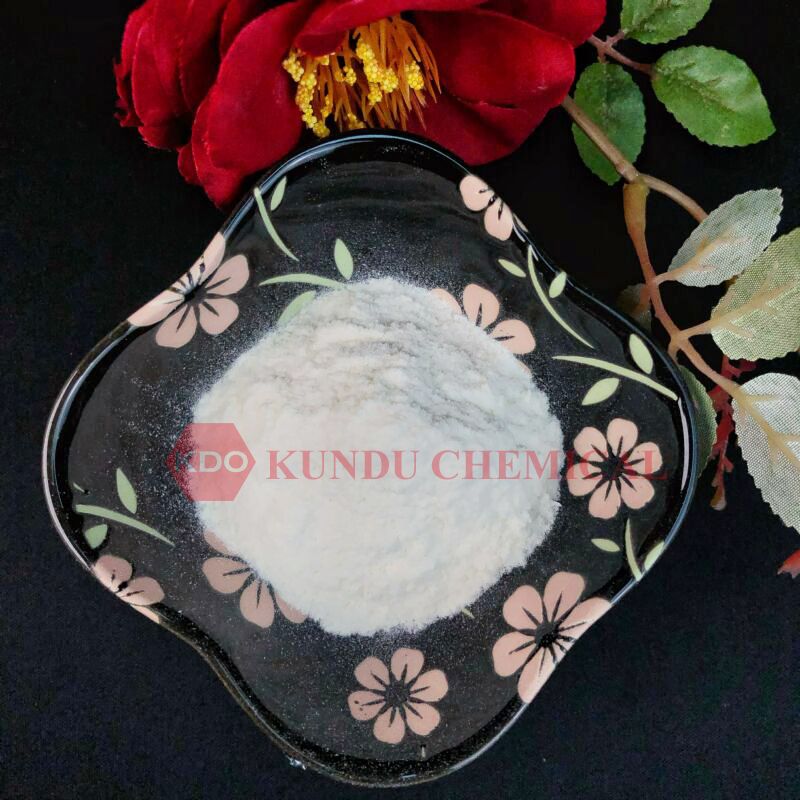Constructing High-Grade MHEC: A Comprehensive Guide
In the ever-evolving realm of construction materials, Methyl Hydroxyethyl Cellulose, commonly referred to as MHEC, stands out as a remarkable and indispensable compound. This versatile polymer has found its niche in the construction industry, revolutionizing the way we build, enhance the properties of construction materials, and improve overall performance. In this article, we delve into the world of MHEC, exploring its properties, applications, and why it's a game-changer in construction.
Unraveling the MHEC Marvel
MHEC is a cellulose-based polymer, primarily derived from plant fibers, and undergoes a series of chemical processes to obtain its unique properties. Its chemical structure imparts a high degree of solubility and control over water retention, making it a vital ingredient in various construction materials.
Key Properties of MHEC
1. Water Retention and Consistency
MHEC excels in water retention, ensuring that construction mixtures maintain their required consistency for an extended period. This property is especially crucial in the construction of concrete, mortars, and plasters, where water control is essential to achieve the desired workability and strength.
2. Thickening Ability
One of the standout characteristics of MHEC is its exceptional thickening ability. It aids in the stability and ease of application of paints, adhesives, and various construction materials, enhancing their overall performance.
3. Improved Workability
The addition of MHEC to construction mixtures facilitates better workability, allowing contractors to manipulate and shape materials with precision, reducing wastage and ensuring efficient construction practices.
4. Enhanced Adhesion
In construction adhesives, MHEC fosters enhanced adhesion, ensuring that materials bond securely. This property is invaluable in tile adhesives and other bonding applications.
Applications of MHEC in Construction
MHEC's versatility shines through its wide range of applications in the construction industry:
1. Concrete Production
MHEC is a concrete's best friend. It significantly improves the workability and durability of concrete, making it ideal for large-scale construction projects.
2. Mortars and Plasters
When added to mortars and plasters, MHEC ensures consistent and reliable results, reducing the risk of cracks and ensuring a smooth finish.
3. Tile Adhesives
Tile adhesives benefit from MHEC's adhesive properties, providing a strong and lasting bond between tiles and surfaces.
4. Exterior Insulation and Finish Systems (EIFS)
MHEC is a key component in EIFS, improving the adhesion of insulation materials to the substrate and rendering a high-quality finish.
5. Paints and Coatings
In the world of paints and coatings, MHEC enhances thickening, allowing for smoother application and a more attractive finish.
Why MHEC Matters
1. Durability
By improving the strength and workability of construction materials, MHEC contributes to the overall durability of structures. This leads to fewer repairs and replacements, saving both time and money.
2. Efficiency
Efficiency is the lifeblood of construction projects. MHEC ensures that construction materials are easy to work with, reducing labor costs and project timelines.
3. Quality Assurance
Consistency is crucial in construction, and MHEC plays a significant role in maintaining quality across various projects. It eliminates the guesswork, ensuring that every batch of material meets the required standards.
4. Environmental Benefits
MHEC is derived from sustainable plant fibers, making it an environmentally friendly choice for construction materials. Using MHEC contributes to a greener construction industry.
As the construction industry continues to advance, MHEC's significance becomes increasingly apparent. Its adaptability, consistency, and sustainability make it an ideal choice for both small and large-scale construction projects. Whether you're a contractor, architect, or simply someone interested in the construction world, understanding the role of MHEC is essential to staying ahead in the field.
In conclusion, Methyl Hydroxyethyl Cellulose (MHEC) is not just a construction material—it's a cornerstone of innovation and quality in the industry. Its remarkable properties and wide range of applications make it an indispensable asset in modern construction. As you explore the world of construction, remember that MHEC is the key to constructing a brighter, more sustainable future.



